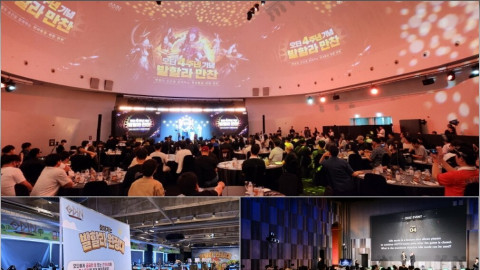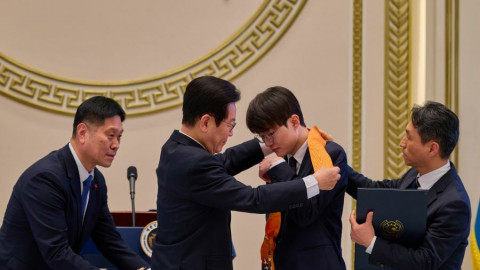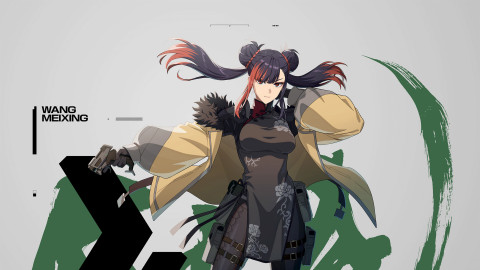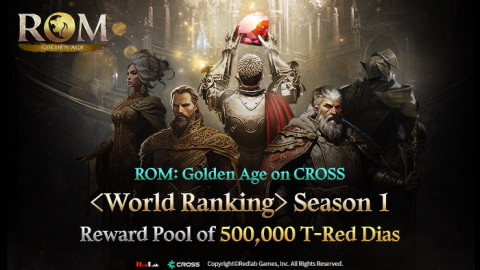
The Galactic Projection Orb
Class: Mage
Rarity: Legendary
Type: Spell
Mana: 10
School: Arcane
Recast a random sepll of each Cost you've cast this game (targets enemies if possible).

Hidden Objects
Class: Mage
Rarity: Common
Type: Spell
Mana: 2
Discover a Secret. Sets its Cost to (1).

Triplewick Trickster
Class: Mage
Rarity: Common
Type: Minion/Elemental
Mana: 4
Stats: 2/3
Battlecry: Deal 2 damage to a random enemy, three times.
As Hearthstone celebrates its 10th anniversary, Whizbang opens the doors of the toy workshop to welcome players. These aren't just ordinary toys; they are a myriad of toys infused with memories from the past 10 years! Already, characters like Dr. Boom, Zilliax, Corridor Creeper, King Krush, Tarim, and Shirvalla have teased their appearances in even cooler or cuter forms, with cards from the past getting a slight tweak in mechanics being steadily unveiled.
In the true spirit of a workshop handling all sorts of toys, Whizbang has allocated various types of toys to each class. And the Mage we're introducing here is all about puzzles.
Card Effects and Pros & Cons
Let's kick off today's card introduction with The Galactic Projection Orb.
The illustration of the central orb seems reminiscent of the once-popular card, Luna's Pocket Galaxy. As implied subtly in the illustration, The Galactic Projection Orb seems to share the same orb as Luna's Pocket Galaxy.
However, they differ significantly in terms of abilities. While Luna's Pocket Galaxy was a card that reduced the cost of minions in your deck to 1, preparing for future combos, The Galactic Projection Orb is a card akin to a finishing move, with the ability to recast previously used spells.

The Galactic Projection Orb is a 10-mana spell that recasts a random spell of each cost you've cast this game, targeting enemies if possible. The effect maximizes if you've cast spells of various costs throughout the game.
Recasting random spells based on their costs is a great finisher since it won't cast bizarre spells from your spell pool, ensuring its effectiveness. Moreover, since it targets enemies if possible, it's more likely to aim for damaging spells rather than focusing on your own minions or face, ensuring stability.
Also, high-cost, high-performance spells you'd expect for significant effects aren't typically loaded into decks, making it highly probable that you'll reuse those particular spells.

In essence, you'd lead the game with low-cost spells, follow up with powerful high-cost spells, then either finish off with The Galactic Projection Orb or fill your hand with low-cost operating spells again using its recast while setting up secrets for the final finish.
However, this card shines when it receives a good spell pool worth spending 10 mana to recast. For instance, there's Sunset Volley dealing 10 damage randomly split among all enemies and summoning a 10-cost minion, or Elemental Inspiration stacked with spell schools.
You would want to leverage the fact that the spell type is Arcane, but unfortunately, most Arcane spell synergy cards have transitioned to Wild, leaving Stargazing as one of the only cards you can potentially pair with. If you could reduce the cost of Stargazing by 2, you may be able to cast The Galactic Projection Orb twice.
Additionally, you could use DJ Manastorm to progressively increase the cost from 0 mana, or utilize one of Mage's specialties like Discover to fill the cost. You could also Discover and bring back The Galactic Projection Orb or copy it with Rewind.


Next up is Hidden Objects. It's a 2-mana spell that discovers a Secret and reduces its cost to 1. While it costs the same as playing a Secret at 3 mana, it's a card that allows you to split the turn, using it on turn 2 and activating it on turn 3. Moreover, since it's a discovery effect, it adds more flexibility to your deck as you can choose the Secret based on the situation. Additionally, both being 2-mana and 1-mana spells, they can fill in the low-cost range of Galactic Projection Orb.
Secrets have been a long-time friend of mages, and Hidden Objects is a solid and reliable card to include in your deck with its ease of use for holding out in the early game with Secrets. Given its versatility, it's likely to be consistently employed.

Lastly, we have Triplewick Trickster. It's a 4-mana 2/3 Elemental minion with a Battlecry that deals 2 damage to a random enemy three times. This card could find its place in control-oriented decks composed of the two cards introduced earlier. It seems like a card similar to how Excavate Mages utilized Blastmage Miner.
Dealing 6 damage for 4 mana while still leaving behind a minion has considerable merit numerically. Essentially, it's like adding a 2/3 minion to Fireball. If the opponent's board is empty, you can deal 6 damage to their face.
You can also utilize the card being an Elemental type. If you draw the card with Mes'Adune the Fractured, the cost and health are halved, but the Battlecry effect remains the same, making it deal 6 damage for only 2 mana.
It can be used with cards like Aqua Archivist, which reduces the cost of Elementals, and with cards that summon multiple copies, like Overflow Surger. It also has great synergy with Tainted Remnant, which deals 7 damage randomly split among enemies if an Elemental was played the previous turn.
However, due to the random split of 6 damage into 2, there might be occasions where control decks fail to clear the field as desired, reducing its stability. Moreover, the minion's stats on the field are not particularly impressive, so it might serve as a supplementary means in Elemental Mage decks rather than control decks.

From big spells to Secret support to Elemental minions, the Mage class in this expansion commemorating Hearthstone's past 10 years has received a diverse range of concepts from the past. Powerful spells are naturally the Mage's identity, and with consistent support for Elemental and Secret cards in the past expansion, it's exciting to see what deck types will emerge.
With Elemental cards gradually accumulating, the resurgence of Elemental Mage is possible, and decks using big spells like Sunset Volley also show some potential. There's also convenient support for mixing various types. In Whizbang's Workshop expansion, it seems like solving a puzzle to predict what kind of deck will emerge.
Which pieces from these new cards will fit into the Mage's new dynamics? The solving time starts now.

Sort by:
Comments :0








